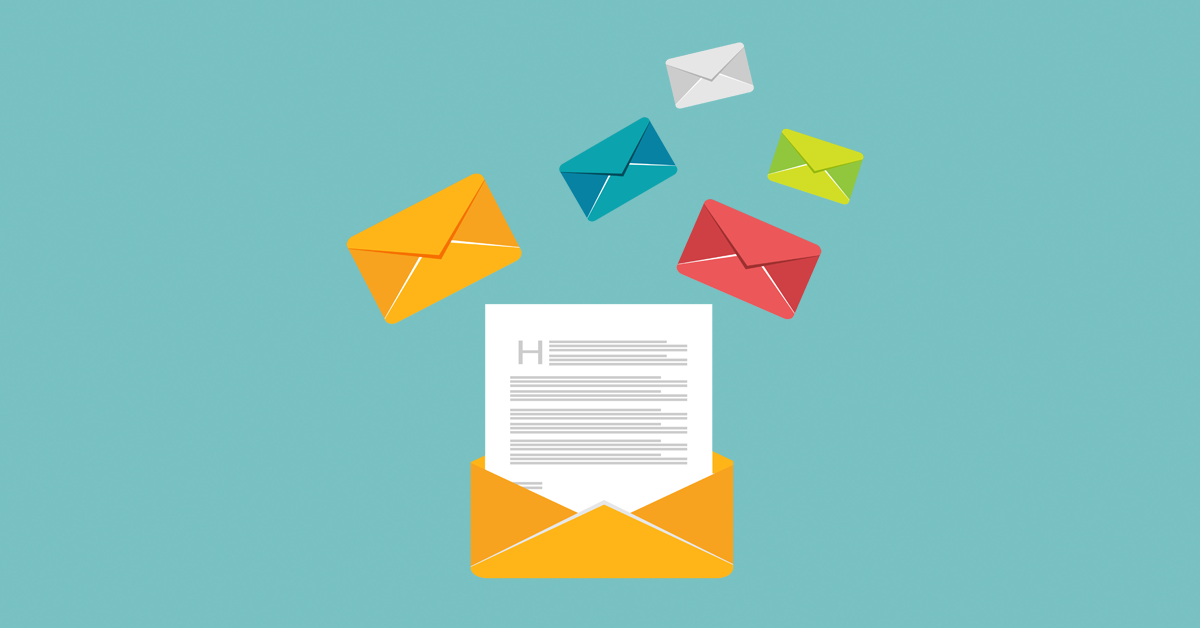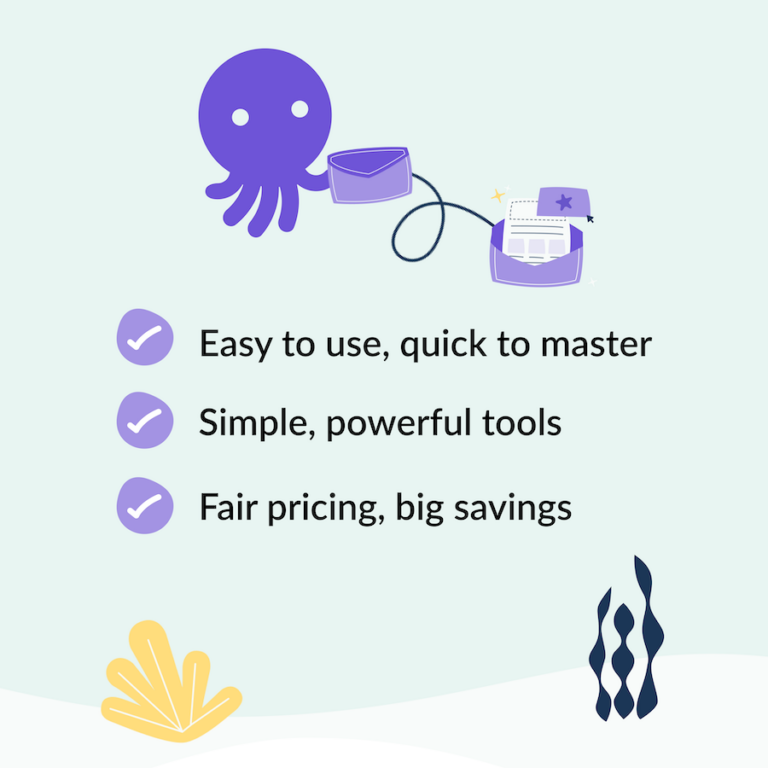Every single year email adapts and transforms itself to meet changing user tastes and preferences. 2017 is no different. So, what does this year hold in store for the age old, yet still super effective communication tool?
Well, in this article we’re going to pool together our collective knowledge of email marketing and make what we believe are accurate predictions of where email marketing is going in 2017.
1. Interactive Emails 
We believe 2017 is going to be the year where interactive emails really take off. But before we go any further, what even is an interactive email? The term is explained well by Mark Robbins of TEDC15 London as “an action taken in an email that triggers an event in the same email”.
Some popular interactive elements include; hamburger menus, carousels/image sliders, hot spots, hover over events (e.g. hover over an image and the background changes colour) and click over events (e.g. click on an image and the background changes colour).
This prediction follows the same trend the broader web has been taking for a while. The web is a lot more interactive in 2017 than it was even 2 years ago. Why? Because interactivity helps, a lot.
Neil Patel conducted research which found that adding interactivity to your site, if done the right way, can go a long way in reducing your sites bounce rate. Further, Envato states “being interactive gives readers more reasons to return”.
So, we believe the next logical step is to take all this that has been working so well on webpages and move it into the domain of email in a bigger, bolder way than has been done up until now.
And we predict that 2017 will be the year that this happens in a big way.
2. Big Data Personalisation In Emails
We predict 2017 is going to be the year for big data personalisation in emails.For those that are unaware, big data personalisation is when you take large amounts of collected visitor data and then use tools to extract intelligence from that data to inform you which would be the optimum piece of content, style of delivery and time of delivery for a specific visitor or set of visitors.
Put simply, big data personalisation is the act of using the power of big data to be able to personalise email content for a specific person or group of people with greater accuracy and on a greater scale than ever before. Pretty neat, huh?
3. HTML5 Video Finally Comes To Email

Remember the time that Steve Jobs released that now infamous open letter that buried flash? Well something similar, but not quite as radical happened to HTML5 video and email.
A couple of years ago Apple stopped supporting HTML5 video in all of its email clients, at a time when video consumption was at an all-time high. Why did they do this? They gave their reasons at the time, but who really knows. When they pulled support they also halted the trend of having native video embeds in emails.
But, guess what? With the launch of iOS 10, HTML5 video support has made a come-back. Why is this a big deal? Because 40 percent of all emails are opened in Apple owned or controlled email apps. Apple’s huge email market share allows it to make or break trends instantly.
And so, 2017 marks the year where we predict videos will be all over emails. But hopefully not too many, as we know all too well how some marketers sometimes like to overdo things when handed a new toy or technique.
4. Automated Emails

Automated emails are pre-defined emails that are sent out, well, automatically, and usually in response to some form of “trigger”.
A trigger could be a user signing up to a mailing list or abandoning their shopping cart or successfully making a purchase.Automated emails can also be sent without a trigger.
This is where a marketer would set a pre-defined time for an email or sequence of emails to go out to a specific user or group of users.Even though automated emails typically only make up around 5 percent or less of the total emails a brand sends, they produce a huge positive ROI compared to how few of them are sent.
5. Omnichannel Email Experiences
Users expect brands to recognise them, and treat them consistently across all digital channels. But brands have fallen really short of this expectation. Dave Chaffney, CEO and co-founder of Smart Insights explains that “email marketing is not a separate activity” however despite this, a lot of the time “email activity isn’t integrated with other experiences as a subscriber browses the (desktop) site or uses a mobile site. That will change”.
To be clear, bringing all of a visitor’s interactions across multiple (often conflicting) channels together to create a single view is not an easy task. Analysing the data from this single view and acting on it by creating relevant, consistent messaging across channels is an even harder task.
Which is why, unsurprisingly, until very recently not much progress has been made in this area. So, what’s changed now? Four words. Advances in machine intelligence.
We predict the advances in machine intelligence that were achieved towards the end of 2016 will trickle down into email software in 2017 and allow brands to create proper omnichannel email experiences in 2017, for the first time ever.
6. Email Encryption

Over the last couple of years, email security and privacy have gone from being niche topics that are debated by a small part of the population to being mainstream issues.
There are a few things that have contributed to this change. The Snowden revelations on the NSA’s mass surveillance, the infamous Sony Hack, and most recently, during the latest US presidential campaign, the topic of Hilary Clintons emails and her use of a private email server.
Even though email is incredibly popular and very widely used there is always the risk that if there are many more big leaks/email security breaches, such as those mentioned above, that people’s confidence in email and thus their usage of it could eventually decline in a big way.
And as time goes on the risk of leaks/security breaches increases, as emails are becoming more personalised and transactional so they are becoming an even greater target for hackers and other bad actors.
Therefore, it’s crucial that email clients, security companies as well as the companies sending out marketing materials and the agencies doing so on company’s behalf all work even harder on making email as secure and protected as possible. It’s in everyone’s best interest.
We hope this piece has helped to provide you with a look into the near future of email marketing.
Email is as old as the internet but is still very widely used and surprisingly resilient.
2017 will again prove email’s staying power and further reduce the number of people that think email’s days are numbered.
In 2017, much like previous years, email will again adapt to users changing tastes and preferences and both companies and users will find yet more new and inventive ways to use it.






People reacted to this story.
Show comments Hide commentsHello Gareth,
I must say your post is very useful for my work. I got a clear idea about email marketing trends which I can use for developing my e-mail campaign.